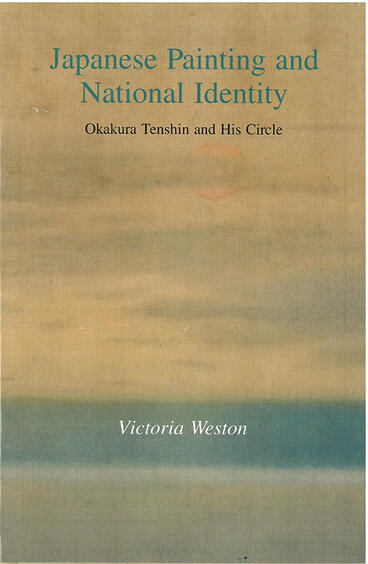Japanese Painting and National Identity
Okakura Tenshin and His Circle
Addresses the art and philosophy of a group of Meiji painters regarded by many as seminal figures in the development of modern Japanese painting
Description
Japanese Painting and National Identity is the first monograph in English to address the art and philosophy of a group of Meiji painters regarded by many as seminal figures in the development of modern Japanese painting. Lead by the outspoken and widely published art critic Okakura Tenshin, this group, including artists Yokoyama Taikan, Shimomura Kanzan, Hishida Shunsō, and others, wrestled with the vexing problem of how to modernize traditional media, methods, and styles while keeping the results authentically Japanese. Yet they saw themselves not just as artists but as servants of the nation. Their task, they believed, was to give expression to the vitality of Meiji Japan while also helping to shape public opinion at home and abroad. Okakura's circle of painters chose themes purposefully redolent with what they identified as Japanese cultural values; they experimented with painting techniques based on tradition yet revitalized through innovation. How they came to this mission, their training, their philosophical objectives, and the works of their constant invention are the subject of this book. Japanese Painting and National Identity will be of interest to academics and museum professionals, as well as those who study Japanese culture and politics, Asian art, and cross-cultural currents connecting Japan to the West in the late nineteenth century and early twentieth century.
Victoria Weston is Associate Professor of Art at the University of Massachusetts, Boston. She received her BA, MA, and PhD from the University of Michigan. Her research focuses on Meiji-era Japanese painters who lived in Tokyo and visited the United

